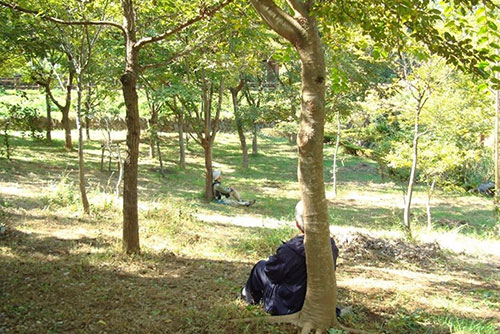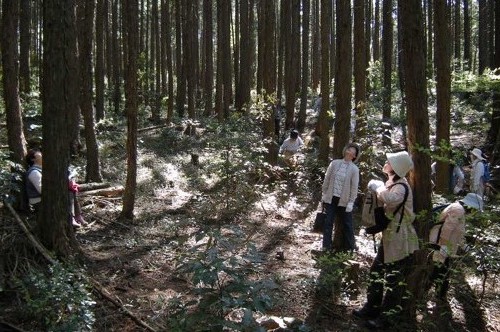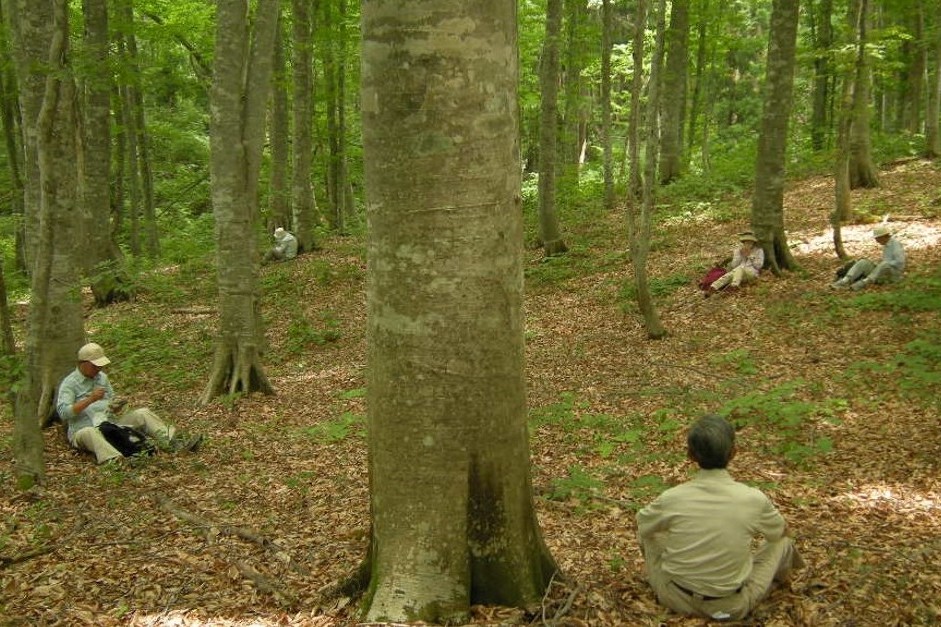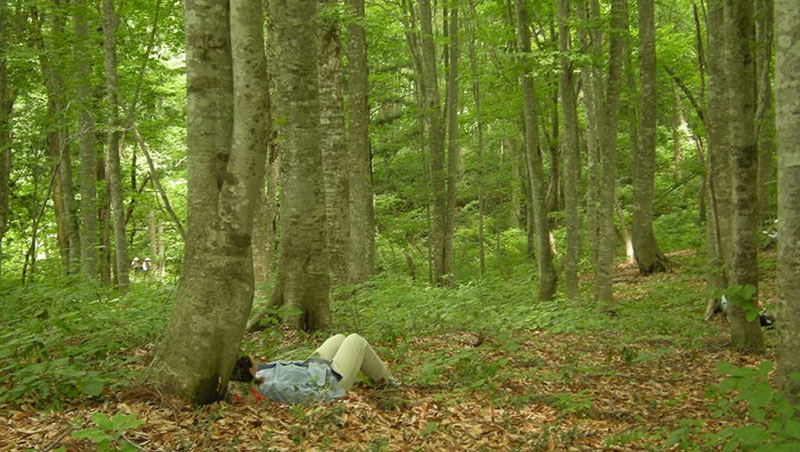
*To watch the video in full screen, please click play and then the YouTube icon on the lower right-hand corner.
Date
08.18.2021 (Wed.)
Time
05:00 PM - 06:00 PM (PDT)
Location
Online
Fee
Complimentary
During the pandemic, restrictions have kept many people indoors and masked when outdoors. Now that more people in the US are feeling safe in outdoor spaces and are breathing fresh air without a mask again, there is a sense of reconnecting with nature, its beauty and its healing qualities. In order to maintain physical, mental and emotional balance as they re-enter “normal.” life, many Americans are looking for new ways to connect with nature. (Experience the soothing sounds of leaves rustling and the relaxing views while walking through the Arashiyama Bamboo Forest in Kyoto, or the calming sounds of birds chirping while gazing at the tea plantations next to Mt. Fuji by watching our ASMR nature videos here.)
Healing through close contact with nature is at the core of the Japanese concept of “Shinrinyoku” or “Forest Bathing,” a term coined in the 1980s by the Japanese Ministry of Agriculture, Forestry and Fisheries to encourage citizens to take walks in the forests. Japanese researchers have discovered many positive physiological effects of walking in nature, including lower heart rate and blood pressure, strengthened immune systems and a reduction in depression.
Professor Iwao Uehara, who founded the practice of Shinrin-ryōhō, or “Forest Therapy,” in which the health of the forests is also considered, and Ben Page, a local expert in forest bathing, discuss the philosophy and benefits of forest bathing and forest therapy in Japan and worldwide.
Guest Speaker
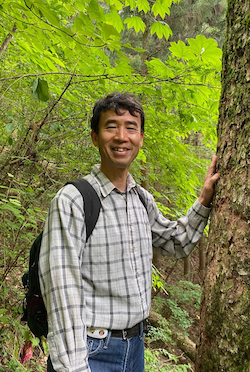
Iwao Uehara
Dr. Iwao Uehara is a professor in the Department of Forest Science at the Tokyo University of Agriculture and president of the Japanese non-profit Society of Forest Amenity and Human Health Promotion. In 1999, he founded the practice of Forest Therapy (Shinrin-ryōhō) at the Japanese Forest Society, as an extension of Forest Bathing (Shinrinyoku), which was established in 1982 by the Japan Ministry of Forestry, Agriculture and Fisheries. An advanced natural therapy, Forest Therapy (FT) promotes the health of not only humans but also the forests themselves.
Since 1999, FT has been practiced all over the world, and Dr. Uehara has been a keynote speaker and trainer at symposia and workshops in many countries. Dr. Uehara has been especially promoting Forest Therapy in Japan’s abandoned artificial forests.
Dr. Uehara is also a professional counselor and has published many books about FT, forests, trees and counseling, some of which have been translated into Chinese and Korean. While he was an exchange student at Michigan State University (MSU) from 1986 to 1987, he found his favorite forest in the United States – Grass Lake Forest in Michigan, where his host family lives.
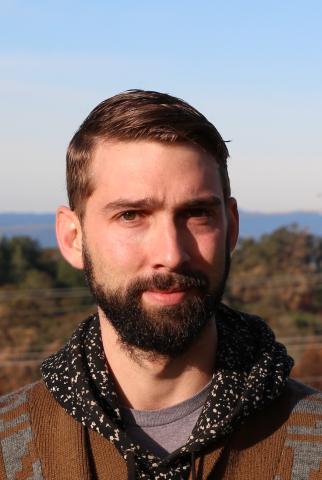
Ben Page
Ben Page is a Forest Therapy Guide, global advocate for the practice and the author of the newly released book Healing Trees: A Pocket Guide to Forest Bathing (Simon & Schuster, June 2021). He is the founder of Shinrin Yoku LA and Integral Forest Bathing and has been guiding Forest Therapy walks since 2015. During his tenure as a trainer and mentor of guides, Ben has trained hundreds of guides around the world.
From 2017-2020, he also served as the Director of Training for the Association of Nature and Forest Therapy Guides and Programs, specializing in curriculum and pedagogical design. Since his practice began, Ben has been featured in such publications as Women’s Health, USA TODAY, Good Morning America, The Washington Post, and WebMD.
Ben is also a co-founder of The Open School, Southern California’s only free democratic school. He holds a B.A. in religious studies from Carleton College and an M.A. in human development and social change from Pacific Oaks College. He lives in Los Angeles, CA.
Related Exhibition
RECONNECTING: A Vision of Unity by Kengo Kito
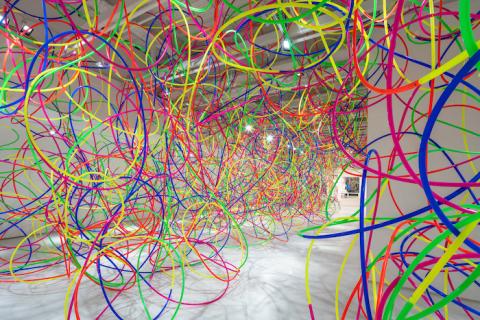
Faced with unprecedented challenges this past year, people have been yearning to reconnect with families, friends, and communities. In his first U.S. hula hoop exhibition, Japanese artist Kengo Kito – known for repurposing everyday objects into conceptual art installations – uses hula hoops to create a unified structure, symbolizing the interconnectedness of humanity.
Date
06.16.2021 (Wed.) - 09.06.2021 (Mon.)
Location
JAPAN HOUSE Gallery, Level 2
Fee
Complimentary
Related Article
Shinrinyoku | The Forest as Therapy
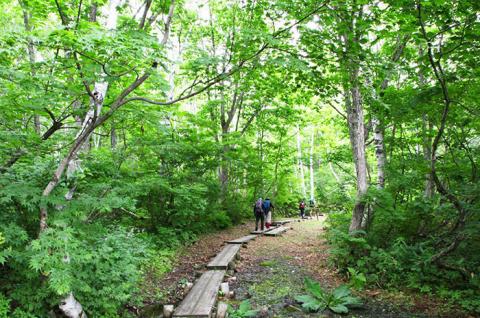
Itoikawa City / Myoko City, Niigata
Photo Credit: © Yasufumi Nishi © JNTOToday, people around the world are discovering the practice of Japanese shinrinyoku. Translated as “forest bathing” (or most literally, “soaking in the atmosphere of the forest”), shinrinyoku has deep roots in Japan’s Buddhist and Shinto traditions, but the term was only coined in 1982 by Japan’s Ministry of Agriculture, Forestry, and Fisheries. At the time, high-stress office culture and claustrophobic cities were starting to take their toll on citizens’ health, and the Ministry saw a chance to simultaneously help urbanites de-stress, and communicate the importance of forests in society by formalizing the concept of forest therapy. Thus, shinrinyoku was born.


